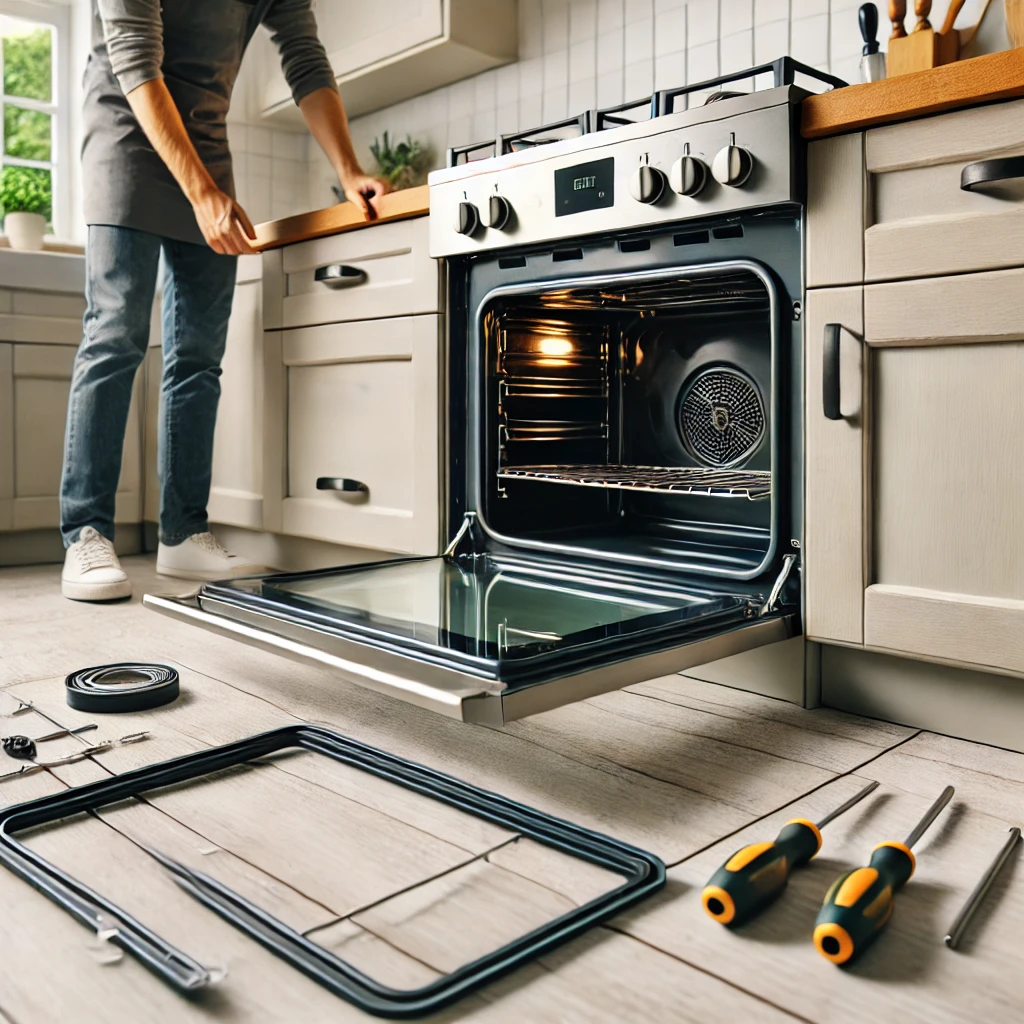
Why Is My Fan Oven Not Working?
A malfunctioning oven fan can be frustrating and potentially dangerous, as it plays a crucial role in maintaining proper temperature distribution and preventing overheating. If your oven fan has stopped working, there are several possible causes and solutions to explore before calling a professional repair service.
Understanding Your Oven Fan
Modern ovens typically have one or more fans serving different purposes:
- Convection fans circulate hot air for even cooking
- Cooling fans prevent the oven’s exterior and internal components from overheating
- Exhaust fans remove steam and odors
When any of these fans fail, it can affect your oven’s performance and safety.
Common Causes of Oven Fan Failure
1. Power Supply Issues
The most basic cause of fan failure is a disrupted power supply. Check these elements:
- Circuit breaker: Ensure the oven’s circuit breaker hasn’t tripped
- Power cord: Inspect for damage or loose connections
- Wall outlet: Test with another appliance to confirm it’s working
2. Faulty Fan Motor
Fan motors can wear out over time, especially with frequent use. Signs of a failing motor include:
- Unusual noises (grinding, squealing, or clicking)
- Intermittent operation
- Complete failure to start
- Burning smell when the oven is in use
3. Damaged Fan Blades
Physical damage to fan blades can prevent proper operation:
- Check for bent or broken blades
- Look for debris blocking the fan
- Ensure blades spin freely when the oven is off
4. Electrical Connection Problems
Loose or corroded electrical connections can interrupt power to the fan:
- Wiring may have come loose from vibration
- Connectors might be corroded or burnt
- Wire insulation could be damaged
5. Control Board Malfunction
The oven’s control board manages all electrical components, including fans. A faulty control board may:
- Send incorrect signals to the fan
- Fail to activate the fan when needed
- Display error codes related to fan operation
6. Thermostat or Sensor Issues
Temperature sensors and thermostats work with the fan to maintain proper oven temperature:
- A faulty thermostat may not trigger the fan
- Damaged sensors can send incorrect temperature readings
- Calibration issues might affect fan operation
Troubleshooting Steps
Safety First
Before attempting any repairs:
- Turn off power at the circuit breaker
- Unplug the oven if possible
- Allow the oven to cool completely
- Never work on a hot or energized appliance
Basic Troubleshooting
- Check the fan setting: Ensure you’ve selected the correct cooking mode (convection settings activate the fan)
- Listen for operation: Turn on the oven and listen for fan noise. No sound usually indicates a problem
- Visual inspection: Look through the oven window or carefully open the door to see if the fan is spinning
- Test different functions: Try various oven settings to determine if the problem affects all modes
Advanced Troubleshooting
For those comfortable with basic appliance repair:
- Access the fan: Remove the back panel inside the oven (after disconnecting power)
- Check for obstructions: Clear any food debris or grease buildup
- Test fan movement: Gently try to spin the fan blade by hand – it should move freely
- Inspect wiring: Look for obvious damage, burns, or loose connections
- Test with a multimeter: Check continuity in the fan motor (should show low resistance)
When to Call a Professional
Contact a qualified appliance repair technician if:
- You’re uncomfortable working with electrical components
- The problem persists after basic troubleshooting
- You notice burning smells or see damage to wiring
- The oven displays error codes
- The warranty is still valid (DIY repairs may void it)
Temporary Solutions
While waiting for repairs:
- Use conventional baking modes instead of convection
- Rotate dishes during cooking for even heating
- Reduce cooking temperatures slightly
- Monitor the oven’s exterior temperature for safety
Prevention Tips
Extend your oven fan’s lifespan with regular maintenance:
- Clean regularly: Remove grease and food debris that can clog the fan
- Avoid slamming: Gentle door closure prevents vibration damage
- Professional servicing: Schedule annual maintenance checks
- Proper ventilation: Ensure adequate kitchen ventilation to reduce strain
- Follow manufacturer guidelines: Use recommended cleaning products and methods
Conclusion
A non-working oven fan can range from a simple fix to a complex electrical issue. By systematically checking common causes and following proper safety procedures, you can often identify the problem. However, when in doubt, consulting a professional ensures safe and effective repair while potentially preserving your warranty. Regular maintenance and prompt attention to fan issues will keep your oven operating efficiently for years to come.
Remember, a properly functioning oven fan is essential not just for cooking performance but also for safety. Don’t ignore fan problems, as they can lead to overheating and potential hazards in your kitchen.

